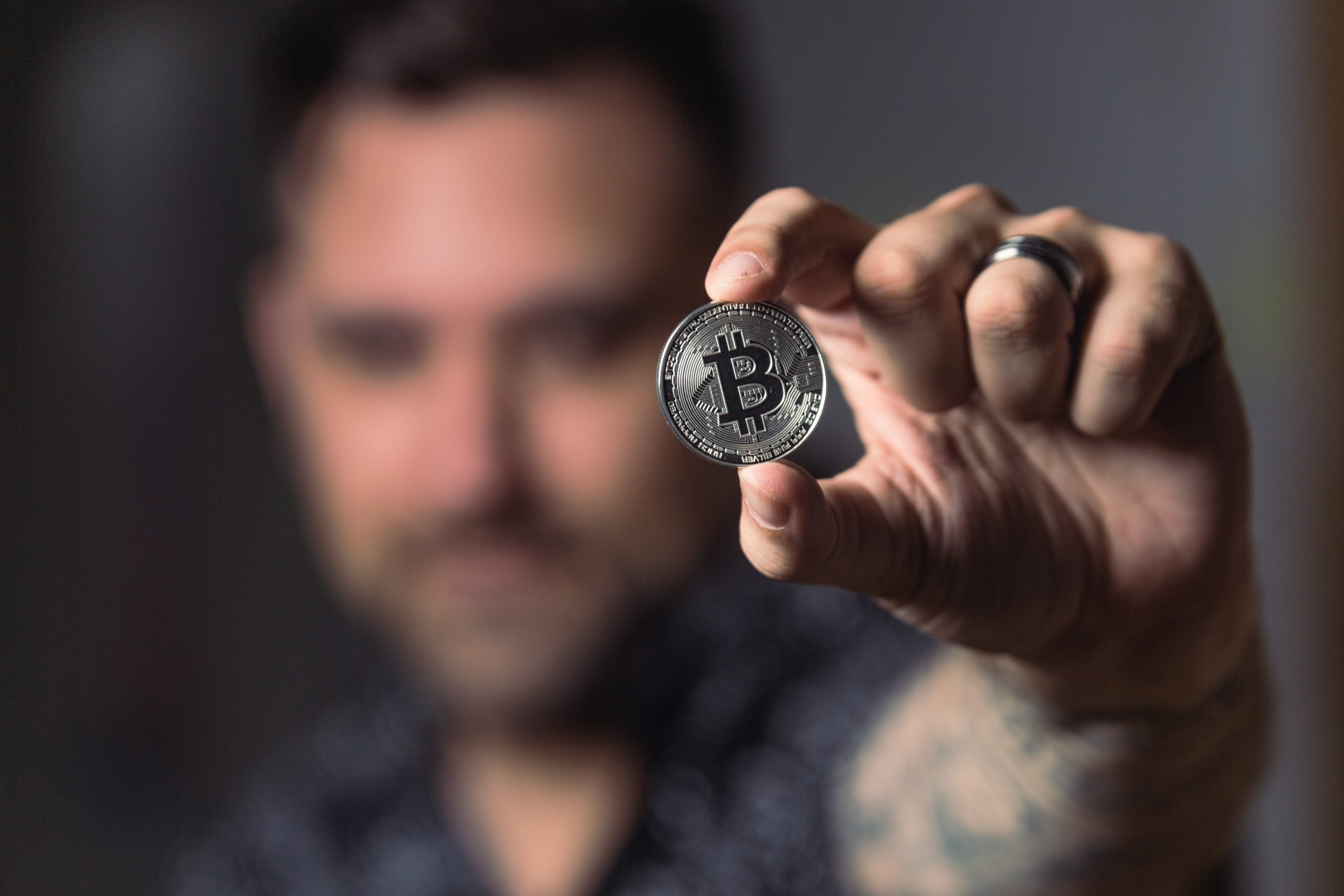Bitcoin is advanced money that works with liberty without any focal control or the oversight of banks or governments. Rather it depends on shared programming and cryptography. It is decentralized virtual cash that you can purchase, sell and trade without a mediator like a bank. Bitcoin’s maker, Satoshi Nakamoto, initially depicted the requirement for “an electronic installment framework dependent on cryptographic evidence rather than trust.”
Every single Bitcoin exchange that is located at any place around the globe has been created, to exist on a public record, open to everybody. Making exchanges, less vulnerable and hard to counterfeit. That is by configuration: Core to their decentralized nature, Bitcoins aren’t sponsored by the public authority or any responsible organization and there is nothing to ensure they are worthy other than the verification prepared in the coding of the framework.
“The motivation behind why it’s worth of cash is essential because we, as individuals, think that it has the same amount of value as gold,” says Anton Mozgovoy, CEO of Holyhead.
Exchanges are created with no third party – which means no banks! A Bitcoin can be utilized for buying, purchasing, or booking any item. A number of the Bitcoin owners are stuck with the exchange of Bitcoins. The cost of a Bitcoin soared back in 2017.
Bitcoins can be subdivided, by seven decimal places: the thousandth of a Bitcoin is known as a mil and the 100 millionth of a Bitcoin is known as a satoshi.
Since its public appearance back in 2009, Bitcoin has skyrocketed in its global value. Bitcoin once sold for less than $150 per coin, but as of March 1, 2021, one Bitcoin sells for a price of $50,000. Since its inventory, Bitcoin is restricted to 21 million coins. Many anticipate that its price should continue to ascend over the long haul. Particularly as giant financial backers started accepting its worth and take it as a kind of advanced gold to fence against market instability and swelling.
Mining is the creation of the new coins that keep up with the Bitcoin network and adds the new coins in the framework and brings them into reality.
The actual Bitcoins you see in photographs are an imagination. They would be useless without the private codes printed inside them.
In truth, there is nothing like a Bitcoin or a wallet. It is only an understanding among the organizations and the individuals. A private key is utilized to demonstrate ownership when making an exchange. An individual could essentially retain their private key and need nothing else to recover or go through their virtual money, an idea which is known as a “brain wallet”.
Bitcoin is frequently portrayed as digital money, virtual cash, or computerized money. It is an online form of money. One can utilize Bitcoins for purchasing different commodities. However, very few brands acknowledge Bitcoin yet, and a few nations have authorized the transactions in Bitcoins.
This makes the future of Bitcoins unpredictable as no one truly knows that in coming years, what will be the future of Bitcoins and whether they will survive as a digital currency or not. But whatever the situation is, Bitcoins have made their mark as the most successful digital currency globally.
also, read- ” will the regulation delay of cryptocurrency in India benefit the crypto industry? “
